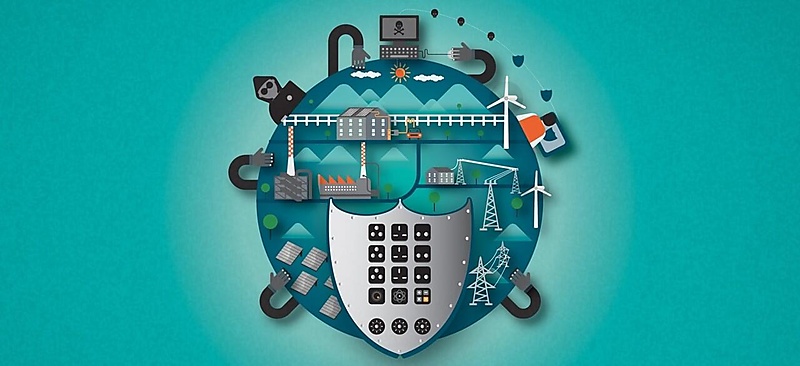
05.03.2020
Ransomware attacks are a preventable disaster
In its blog, the Microsoft Threat Protection Intelligence Team elaborates on its research on well-known human-operated ransomware campaigns [like REvil, Samas, Bitpaymer, Ryuk] and explains how these type of attacks could have easily been prevented.
Human-operated ransomware campaigns pose a significant and growing threat to businesses and represent one of the most impactful trends in cyberattacks today. In these hands-on-keyboard attacks, which are different from auto-spreading ransomware like WannaCry or NotPetya, adversaries employ credential theft and lateral movement methods traditionally associated with targeted attacks like those from nation-state actors.
In human-operated ransomware campaigns, even if the ransom is paid, some attackers remain active on affected networks with persistence via PowerShell Empire and other malware on machines that may seem unrelated to ransomware activities. To fully recover from human-powered ransomware attacks, comprehensive incident response procedures and subsequent network hardening need to be performed.
Recommendations from Microsoft to improve defenses and stop human-operated ransomware:
1. IT pros play an important role in security
Some of the most successful human-operated ransomware campaigns have been against servers that have antivirus software and other security intentionally disabled, which admins may do to improve performance. Many of the observed attacks leverage malware and tools that are already detected by antivirus. The same servers also often lack firewall protection and MFA, have weak domain credentials, and use non-randomized local admin passwords. Oftentimes these protections are not deployed because there is a fear that security controls will disrupt operations or impact performance. IT pros can help with determining the true impact of these settings and collaborate with security teams on mitigations.
Attackers are preying on settings and configurations that many IT admins manage and control. Given the key role they play, IT pros should be part of security teams.
2. Seemingly rare, isolated, or commodity malware alerts can indicate new attacks unfolding and offer the best chance to prevent larger damage
Human-operated attacks involve a fairly lengthy and complex attack chain before the ransomware payload is deployed. The earlier steps involve activities like commodity malware infections and credential theft that Microsoft Defender ATP detects and raises alerts on. If these alerts are immediately prioritized, security operations teams can better mitigate attacks and prevent the ransomware payload. Commodity malware infections like Emotet, Dridex, and Trickbot should be remediated and treated as a potential full compromise of the system, including any credentials present on it.
3. Truly mitigating modern attacks requires addressing the infrastructure weakness that let attackers in
Human-operated ransomware groups routinely hit the same targets multiple times. This is typically due to failure to eliminate persistence mechanisms, which allow the operators to go back and deploy succeeding rounds of payloads, as targeted organizations focus on working to resolve the ransomware infections.
Organizations should focus less on resolving alerts in the shortest possible time and more on investigating the attack surface that allowed the alert to happen. This requires understanding the entire attack chain, but more importantly, identifying and fixing the weaknesses in the infrastructure to keep attackers out.